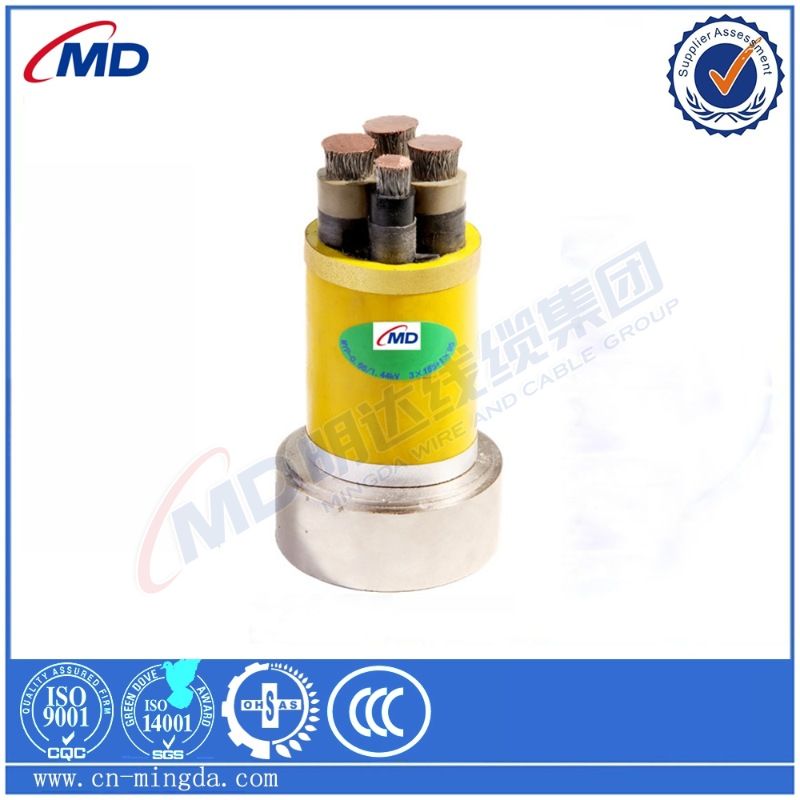Dec . 10, 2024 08:45 Back to list
flap check valve
Understanding Flap Check Valves Function, Types, and Applications
Flap check valves are essential devices used in various fluid systems to ensure one-way flow and prevent backflow. This article will delve into the function, types, and applications of flap check valves, highlighting their importance in maintaining system integrity.
Function of Flap Check Valves
The primary function of a flap check valve is to allow fluid to flow in one direction while preventing it from flowing backward. This is achieved through a hinged flap or disc that opens when fluid flows in the designated direction. When the flow stops or reverses, the flap closes due to the force of gravity or fluid pressure, creating a seal that stops reverse flow.
The design of flap check valves is simple yet effective. They are typically installed in vertical or horizontal piping systems and are commonly used in water, sewage, and various industrial applications. Their ability to prevent backflow protects pumps, compressors, and other equipment from potential damage caused by reverse flow.
Types of Flap Check Valves
Flap check valves come in several types, each suited for specific applications and operating conditions. The most common types include
1. Swing Check Valve This type features a hinged flap that swings open and closed based on the direction of flow. Swing check valves are widely used in water supply systems and HVAC applications where low-pressure drops are desired.
2. Lift Check Valve Unlike the swing check valve, the lift check valve has a disc that moves vertically, allowing for quick sealing and response to flow changes. Lift check valves are often utilized in high-pressure systems, such as steam or gas applications.
3. Dual Plate Check Valve This design employs two plates that open and close in response to flow changes, providing a lower pressure drop compared to traditional swing check valves. Dual plate check valves are very effective in pipeline systems that require a compact design and minimal weight.
flap check valve

4. Tilting Disc Check Valve The tilting disc valve has a disc that tilts on its hinge to allow fluid flow. This design reduces the risk of water hammer and minimizes pressure loss, making it ideal for various industrial processes.
Applications of Flap Check Valves
Flap check valves are found in numerous applications across different industries, including
- Water and Wastewater Management These valves are commonly used in sewage treatment plants, stormwater management systems, and municipal water distribution networks to prevent backflow and ensure system reliability.
- Industrial Processes In manufacturing facilities, flap check valves are essential for maintaining the integrity of fluid systems, including chemical processing, oil and gas, and food and beverage industries.
- HVAC Systems Flap check valves help regulate flow and prevent backflow in heating, ventilation, and air conditioning systems, ensuring the efficiency and safety of the overall system.
- Fire Protection Systems These valves are crucial in fire suppression systems, where preventing backflow is vital for maintaining water pressure and ensuring effective firefighting measures.
Conclusion
In summary, flap check valves play a critical role in fluid systems by allowing unidirectional flow and preventing backflow. With various types available, each designed for specific applications, these valves are integral to the smooth operation of water management, industrial processes, HVAC systems, and fire protection systems. Understanding their function and applications can help engineers and technicians select the right valve for their specific needs, enhancing the efficiency and reliability of their systems.
Share
-
YType Strainer: Reliable guardians in fluid pipelinesNewsMay.15,2025
-
Wire Cable: The invisible pillar of engineering strengthNewsMay.15,2025
-
Wafer Type Butterfly Valve Flange: Characteristics, Applications, and Development TrendsNewsMay.15,2025
-
Standard Wire and Cable: Building the nervous system of modern societyNewsMay.15,2025
-
RSV Gate Valves: Structure, Application, and Analysis of Advantages and DisadvantagesNewsMay.15,2025
-
NonReturn Swing Check Valve: A reliable unidirectional flow control deviceNewsMay.15,2025